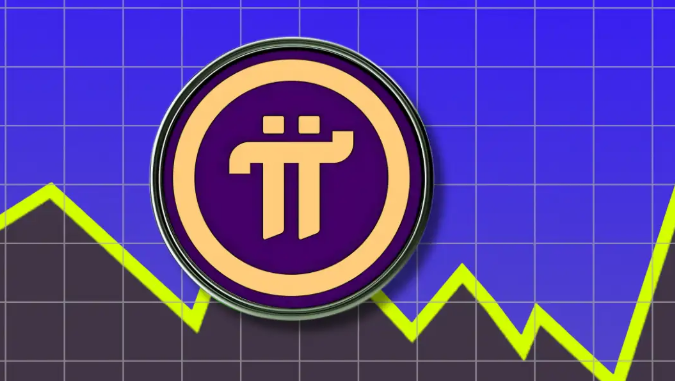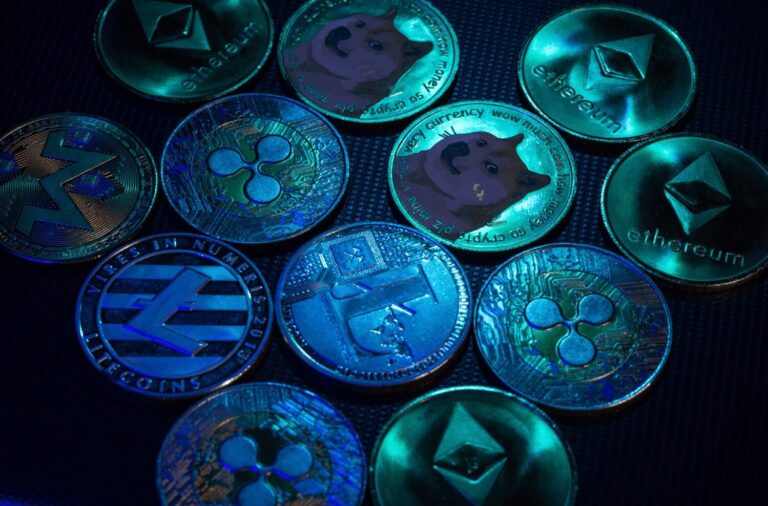
The Pi Network is under intense scrutiny after a sudden plunge in the PI token’s value, sparking heated debate within its community about insider activity and the project’s transparency. Over the past week, the PI token lost over 50% of its value, falling from a high of $1.60 to around $0.68, as frustrated users continue to await the elusive mainnet launch.
Rumors and Reactions
Fueling the controversy is a viral post from a prominent Pi Network community member, known online as Dr Picoin. In a recent thread on X, Dr Picoin accused insiders — allegedly tied to the Pi Core Team — of strategically selling off massive amounts of PI just as the project teased new upgrades at the Consensus 2025 conference.
According to Dr Picoin, these insiders capitalized on the temporary pump in PI’s price driven by positive hype around the project’s announcements, only to offload millions of tokens while the broader community remained distracted.
“The Core Team sold tens of millions, if not hundreds of millions, of PI at the peak,” he claimed, citing blockchain data that shows a wallet linked to the team transferring 12 million PI in a single day.
Screenshots of transaction activity circulated rapidly, prompting a wave of fear, uncertainty, and doubt (FUD) throughout the Pi Network ecosystem. The lack of immediate clarification from the Pi Core Team only amplified community concerns, with some even going so far as to label the project a “rug pull.”
Pushback from the Community
Not everyone is buying into the panic. Other community voices have attempted to calm the storm. One such counter-narrative came from an X user named Pinewszone, who argued that the wallet activity being flagged was not evidence of foul play, but rather part of the normal process of migrating user balances to the mainnet.
“Don’t be misled by fake information. The Core Team is not dumping tokens. This is fear-mongering designed to make you panic sell,” Pinewszone posted.
Regardless of which side one supports, the episode has exposed a deeper issue — a widening trust gap between the project team and its user base.
Waiting Game for Mainnet
Much of the current frustration stems from prolonged delays in the launch of Pi Network’s mainnet. Expectations were high last week when the Core Team teased a “big announcement,” but instead of unveiling the long-awaited mainnet rollout, the team introduced a $100 million Pi Network Venture Fund aimed at supporting projects within the ecosystem.
The announcement fell flat with users who were hoping for more immediate utility and network decentralization. While technically significant, it wasn’t the catalyst the community was craving.
Data from CoinMarketCap shows trading volume for PI dropped significantly following the announcement — from a peak of $2.03 billion on May 13 to just $328 million in the last 24 hours. This pattern reflects a classic “sell the news” scenario, where investors offload assets following underwhelming updates.
New Developments: Horizon and AI Integration
Despite the price drama, Pi Network is pressing forward with its roadmap. Speaking at Consensus 2025, Pi founder Dr. Nicholas Kokkalis revealed that the project has officially shut down its central coordinating node — a key step toward full decentralization.
He also introduced Horizon, a new version of the node software that offers improved performance, stronger security, and enhanced protocol compliance. Node operators are now encouraged to upgrade.
One of the more ambitious revelations came during Kokkalis’ talk titled “Unleashing Mainstream Adoption with AI + Blockchain Infrastructure.” He announced that Pi Network will integrate artificial intelligence capabilities, calling on AI developers to build applications within its ecosystem. This strategic move could expand Pi’s use cases significantly, if successfully executed.
The Road Ahead
While the recent allegations and price crash have clearly rattled confidence, Pi Network remains active in its development efforts. Whether these advancements are enough to restore trust — especially in the absence of a confirmed mainnet launch date — remains to be seen.
For now, the Pi community stands at a crossroads, torn between hope for the project’s future and skepticism rooted in delayed promises and questionable transparency.
4o


